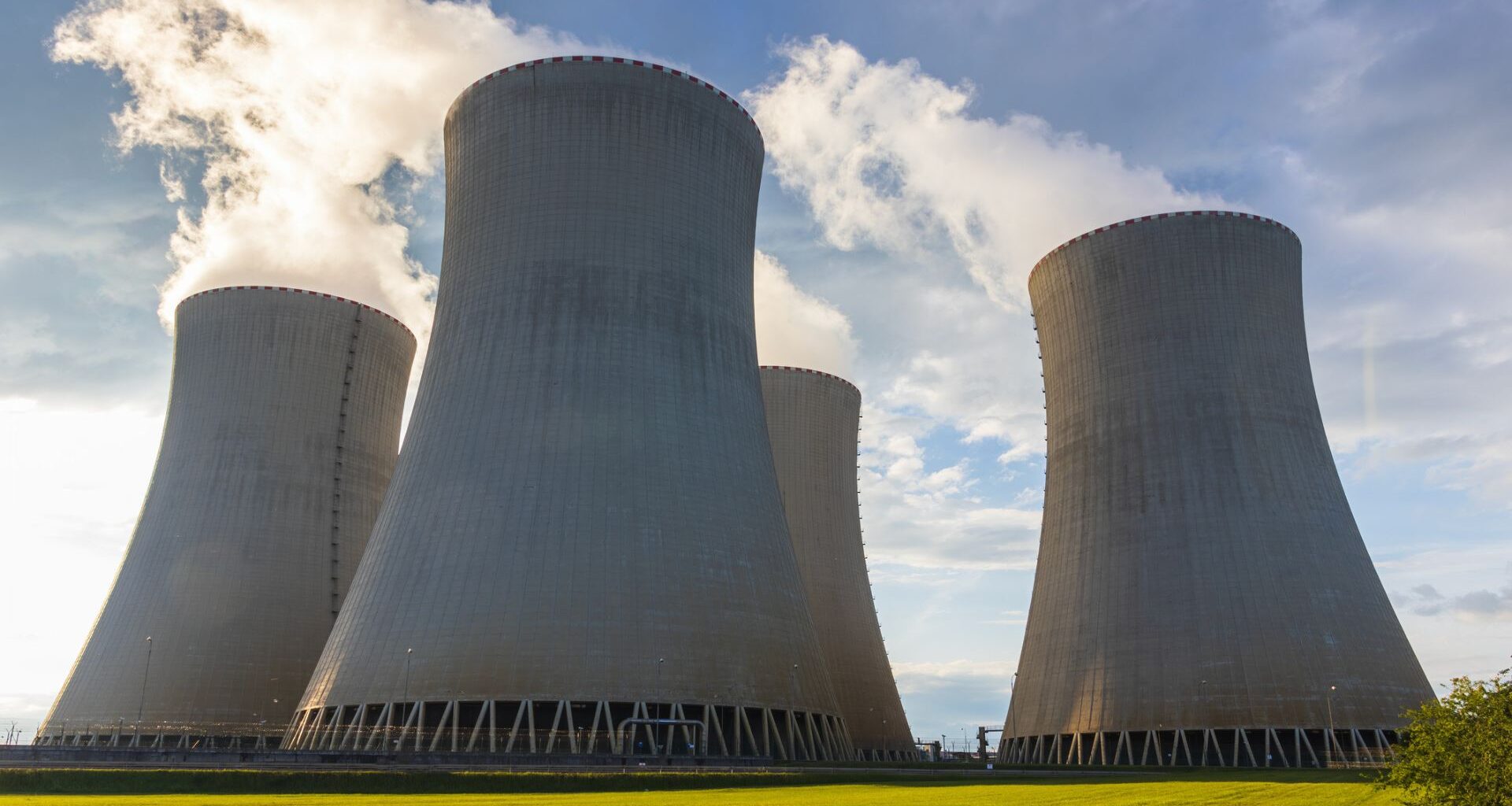Researchers at Purdue University and Oak Ridge National Laboratory (ORNL) in the US have successfully demonstrated secure quantum communications in a live nuclear reactor.
The researchers used quantum key distribution (QKD) from Toshiba on Purdue’s PUR-1 reactor to achieve this global first of implementing quantum encryption at a nuclear facility.
With the global energy sector looking for cleaner ways to power the economy, nuclear fission technology is poised for a major comeback. Instead of large-scale projects, fission-based energy through small modular reactors (SMRs) and microreactors will likely power our future without carbon emissions.
While the risks of radioactive wastes are lower in these new-generation reactors, security concerns are still the same. A cyberattack on a nuclear reactor could cause havoc and panic amongst the public. Current means of encryption are powerful, but with the advances in quantum computing, these safeguards could soon become outdated.
This is where quantum encryption could help, but scientists needed to know if the technology could work in the sensitive environments of a nuclear reactor, making PUR-1 the logical choice.
US’ only digital nuclear reactor
Nuclear energy technology has been used in the US since the 1960s. However, the industry has not embraced digital transformation for its operations. Even as other countries have switched to digital control systems for their reactors, the PUR-1 is the first and only fully digital nuclear reactor in the US, which relies on screens, keyboard, and ethernet cables instead of knobs and analog systems for controlling operations.
The instrumentation and control system is entirely digital, making it an ideal platform for testing quantum encryption technologies. “PUR-1 is uniquely positioned to address challenges like this one,” said Phil Evans, senior R&D staff at Oak Ridge National Laboratory’s Quantum Communications and Networking group in the statement.
“Equipped with state-of-the-art digital instrumentation and control systems and a digital twin, PUR-1 is a versatile research and education platform for exploring cutting-edge technologies in reactor operations and cybersecurity.”
The researchers teamed up with Toshiba to test the QKD system on the reactor. Unlike conventional encryption systems, QKD uses quantum mechanics and leverages the measurement of a quantum mechanical system to disturb quantum states, making it easy to know if someone has ‘eavesdropped’ on the information and how much of it was lost.
Testing the quantum key distribution system in a nuclear reactor
The researchers tested the quantum encryption system by connecting two nodes to the reactor. They exchanged secure quantum keys over a single-mode optical fiber cable. To simulate deployment scenarios, the researchers introduced delay lines and attenuators to introduce distance and disruptions between the nodes and further verified their performance.
The system demonstrated a stable key generation rate of 320 kilobits per second and operated with a 3.8 percent quantum bit error rate at 33 miles (54 km). When limited to 68 core signals, the researchers added that a one-time pad (OTP) encryption worked for a distance of 83 miles (135 km), which sufficiently represents reactor behavior.
The system latency for encryption/ decryption remained below half a second, which is well below operational thresholds, while the researchers also found ways to buffer reserve keys in case the QKD link failed.
“Reactors, especially microreactors deployed in remote regions, would rely on continuous data exchange for monitoring, control, and safety operations,” said Stylianos Chatzidakis, PhD, assistant professor at Purdue’s School of Nuclear Engineering, in a press release. “Cybersecurity breaches in such systems could compromise sensitive information or even operational integrity, posing risks to public safety and energy security.”
While the work is promising, the researchers did not evaluate the system in high-radiation environments, something they plan to achieve in future work.
The research findings were published in a pre-print paper.
